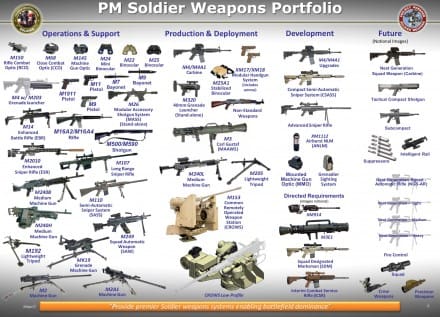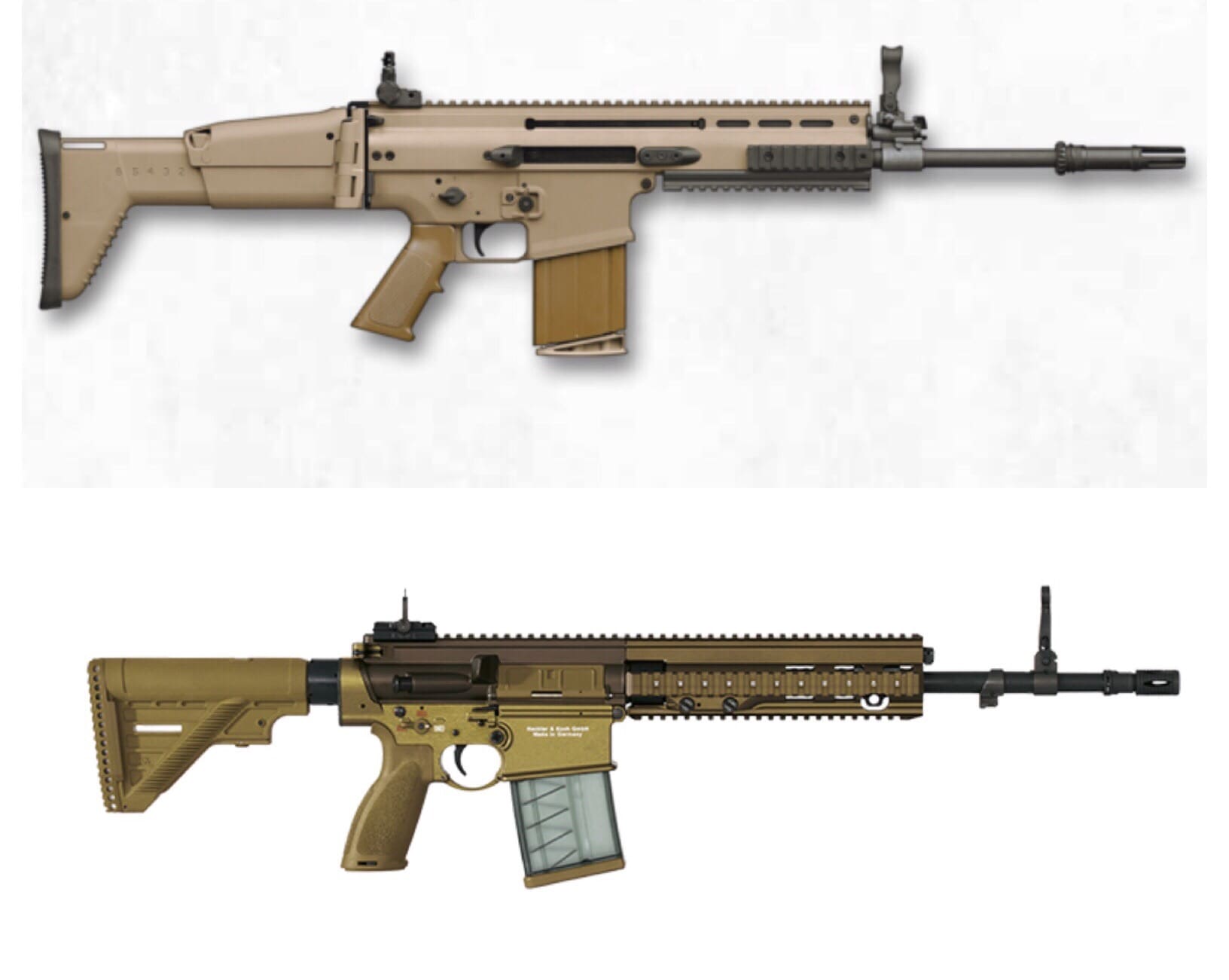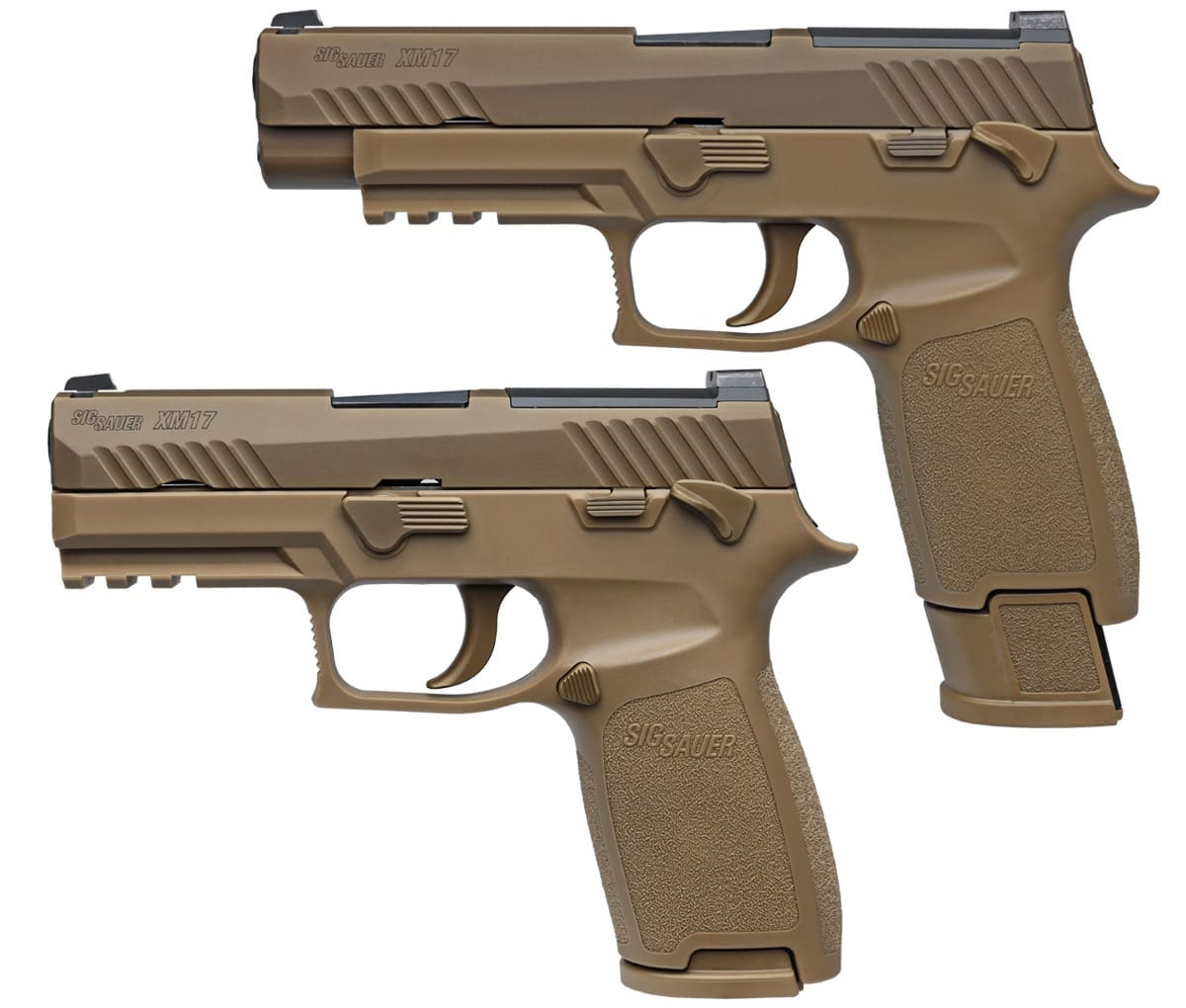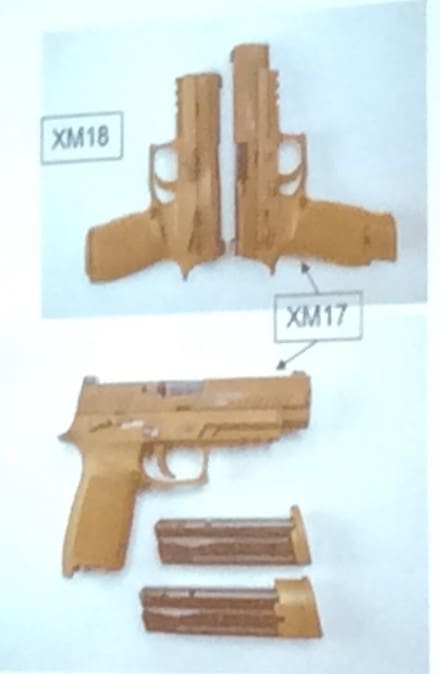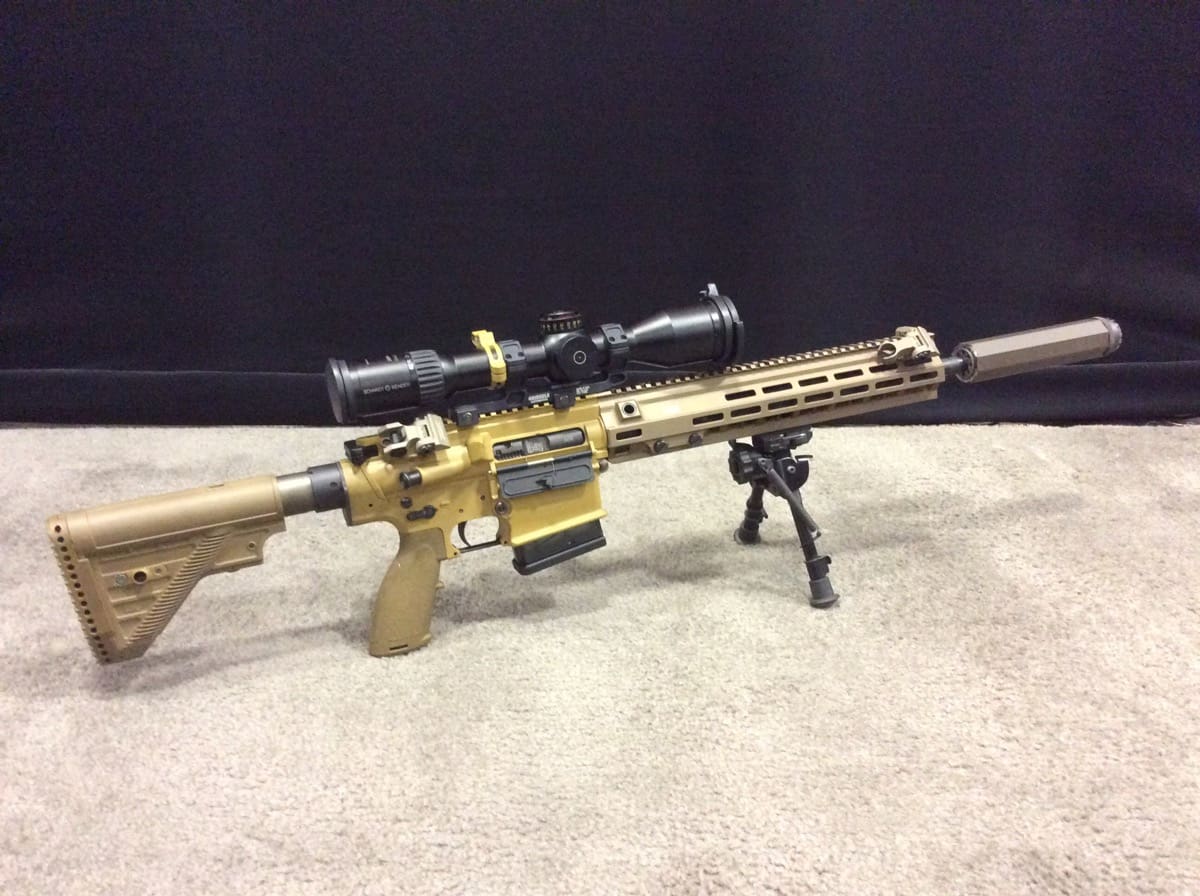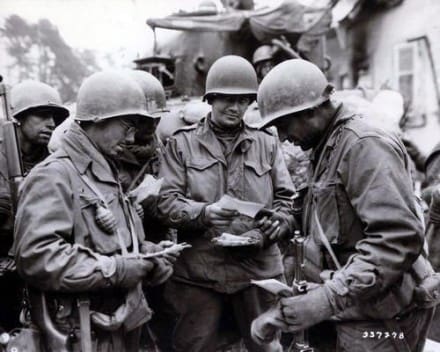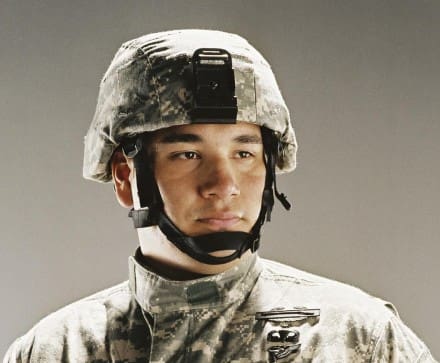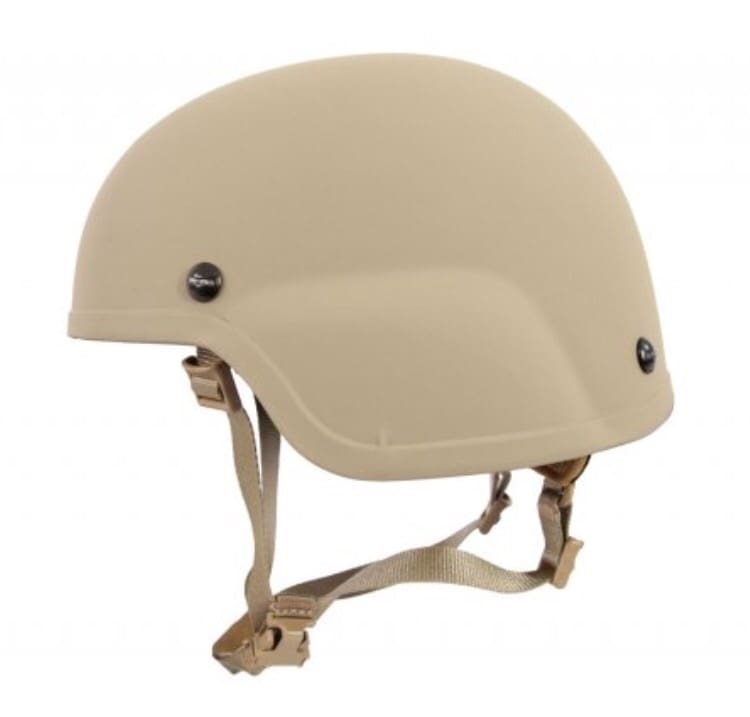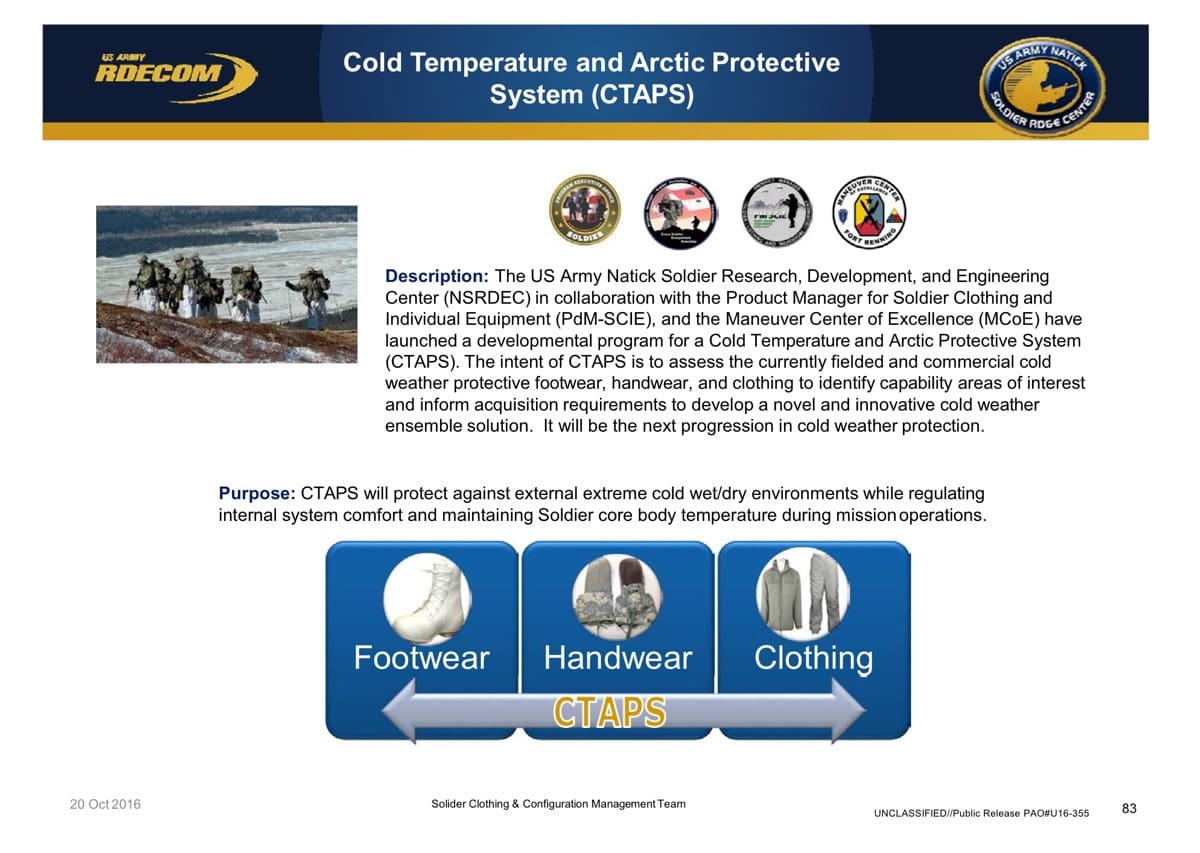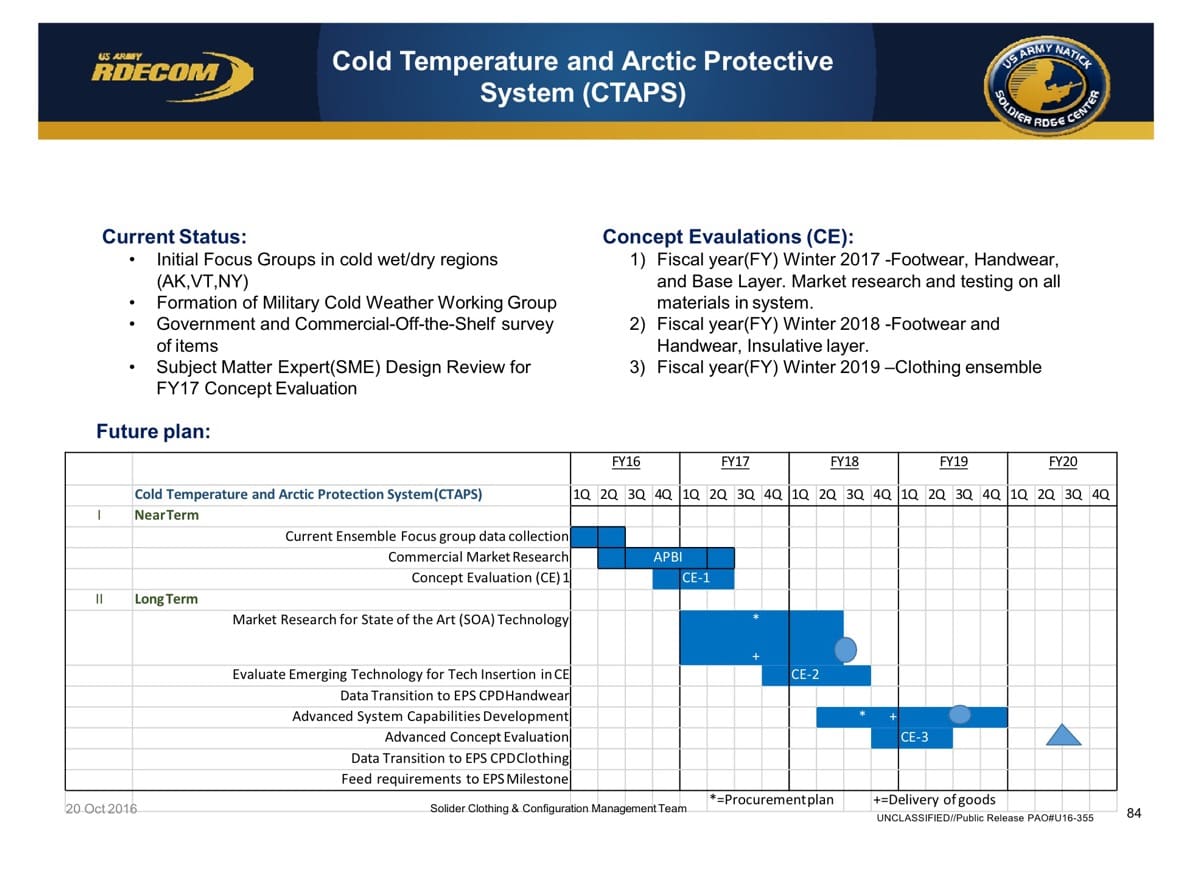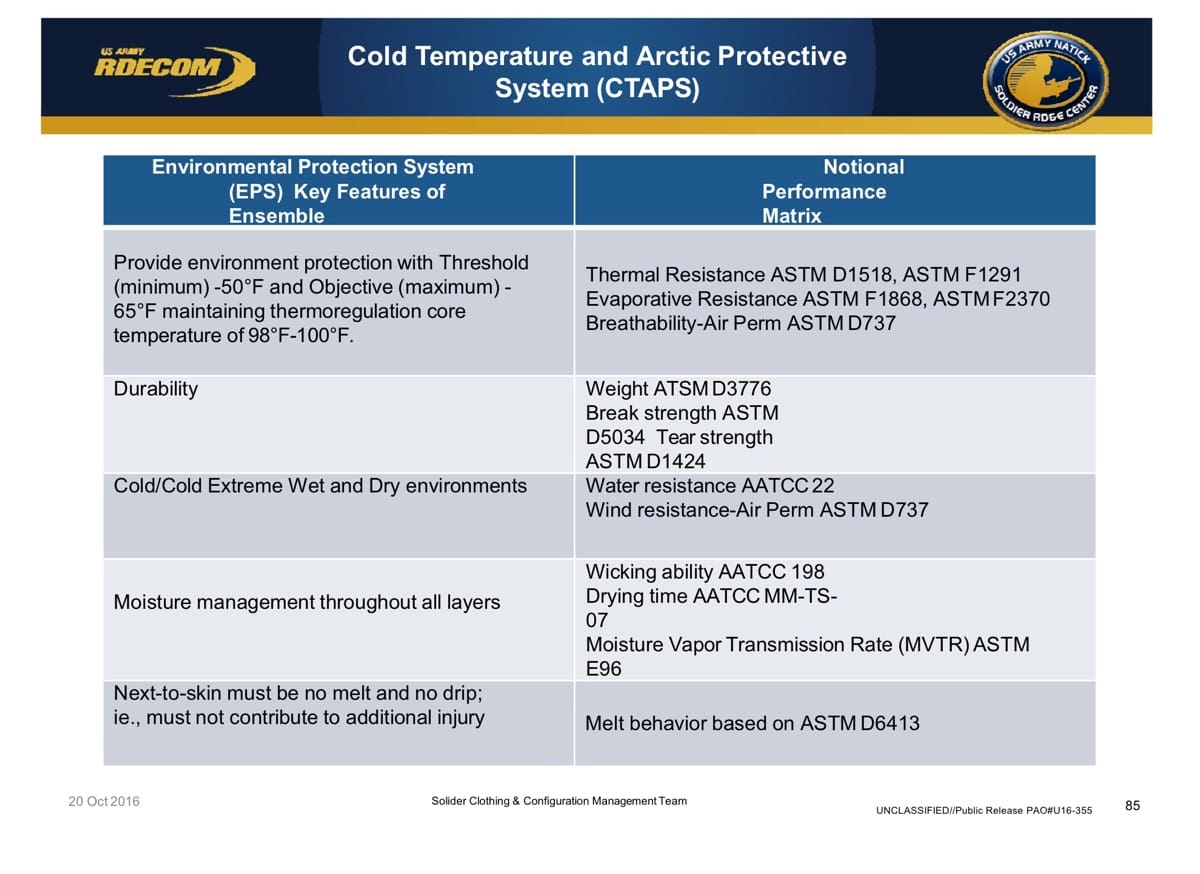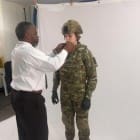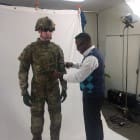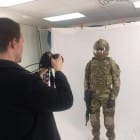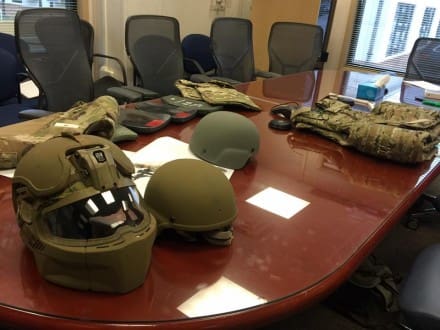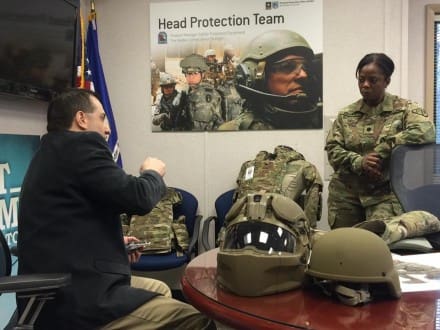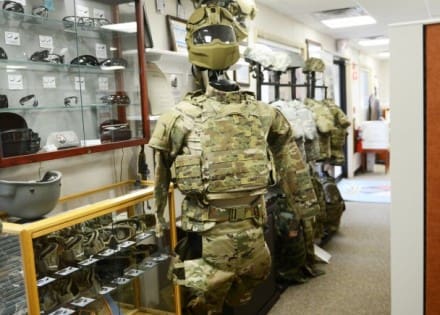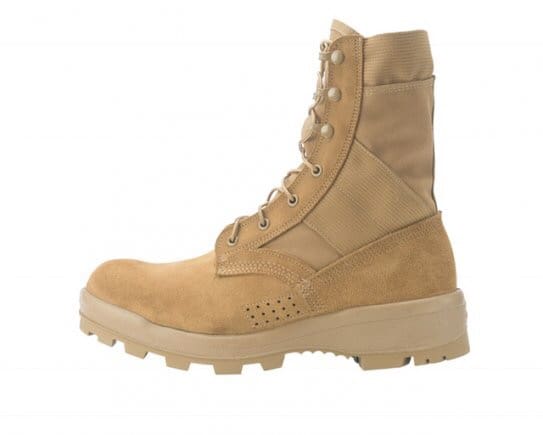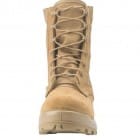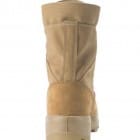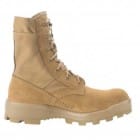The PM Soldier Weapons has announced a classified (yes, classified) Industry Day at Ft Benning on 25-27 July 2017 for the Next Generation Squad Automatic Rifle (NGSAR) which a single incremental program to replace the M249 Squad Automatic Weapon (SAW) in Brigade Combat Teams (BCT) and select support units during the next decade. Remember, NGSAR is one of the Army’s budget priorities.
It will combine the firepower and range of a machine gun with the precision and ergonomics of a carbine, yielding capability improvements in accuracy, range, and lethality. The weapon will be lightweight and fire lightweight ammunition with improved lethality. The NGSAR will help to reduce the heavy load that burdens Soldiers and that has a significant negative impact on their mobility, survivability, and firing accuracy. Soldiers will employ the NGSAR against close and extended range targets in all terrains and conditions. The NGSAR will be compatible with and dependent on legacy optics and night vision devices to meet required capabilities. It will also be compatible with the Small Arms Fire Control system currently in development and possess back-up sights. It is anticipated the NGSAR support concept will be consistent with (comparable to) that of the predecessor M249 SAW involving the Army two level field and sustainment maintenance system. The NGSAR will achieve overmatch by killing stationary, and suppressing moving, threats out to 600 meters (T), and suppressing all threats to a range of 1200 meters (O).
Loads of technical data and requirements follow.
Mandatory Key Performance Parameters (KPP) described below identify the mandatory system capabilities for the NGSAR. These KPPs are essential to the development and improvement of an effective military capability that will make a significant contribution to the characteristics of the future joint force.
KPP 1 System Survivability:
The NGSAR is a mission critical system that must be survivable to chemical, biological, radiological, nuclear (CBRN) exposure to include effects of electromagnetic pulse and cyber-attacks. The NGSAR must be operational after exposure to chemical, biological, radiological, and cyber-attack (T). The NGSAR must be operational after exposure to chemical, biological, radiological, nuclear, cyber threats and electromagnetic pulse (O).
KPP 2 Operator System Training:
Soldiers will be trained to comply with the accuracy requirements in this document under simulated combat stressful conditions. Training on the system will be standards-based, leveraging technology in system design to minimize the training time and resources needed for operators/maintainers to achieve system competency. The following criteria will help to ensure system trainability:
1. TASK STEPS: 85% (T) to 95% (O) of tasks to operate and maintain the system will require less than 10 steps (including sub steps).
2. JOB/MEMORY AIDS: 85% (T) to 95% (O) of tasks that require 10 or more steps (including sub steps) will have job/memory aids that provide written procedures or diagrams to enable operators to perform the tasks without the need for extensive memorization.
3. MEMORIZATION: No more than 8 (T) and preferably 3 or less (O) discrete facts, terms names, rules, or ideas will be required to be memorized on any system task.
4. Instrumentable Multiple Integrated Laser Engagement System (I-MILES) Small Arms Transmitter (SAT) Tactical Engagement System (TES) Small Arms Transmitter (SAT). The NGSAR sight system must not interfere with the design, installation, or operation of the current I-MILES SAT and future Army-Tactical Engagement Simulation System (A-TESS) SATs when installed for Live Force-on-Force training.
KPP 3 Accuracy:
The NGSAR will have the capability to provide the P(i) metrics on the target sets located in the classified annex. This will require accurate P(h) along with ammunition capability.
KPP 4 System Weight:
The NGSAR combat configured weapon including sling, bipod and sound suppressor will weigh no more than 12 pounds (T) 8 pounds (O). This does not include ammunition or magazine.
KPP 5 Ammunition Weight:
The NGSAR ammunition will weigh 20 percent less than tactical brass equivalent caliber ammunition (T) 50% (O). Note the NGSAR ammunition could be a caliber not currently in use by the US Army. In that case the equivalent weights will be calculated through interpolation by the USG.
Key System Attributes (KSAs) described below are considered essential to achieving a balanced solution/approach to a system, but not critical enough to be designated a KPP.
KSA 1 Sustainment:
1. Operational Availability (AO): The NGSAR at the system level will be no less than 94.2% (T), 95.1% (O) measured over an extended period of operations consistent with (and indicative of) the annual wartime system usage cycle.
2. Reliability: The NGSAR will be functional in all operational environments (hot, basic, cold, severe, extreme sand/dust). Reliability of the NGSAR, measured at the system level (functions of weapon plus ammunition addressed collectively as an integrated capability) during equipment operation in accordance with wartime usage.
2.1 Class I (Immediately Operator Clearable) Failures: The NGSAR will demonstrate 94.5% (T), 99.3% (O) probability of successfully completing a day of wartime operations (daily average of 450 rounds fired per weapon) without incurring more than one immediately operator clearable (Class I) EFF as defined in the NGSAR Reliability FDSC (EFFs of Class I severity are clearable in 10 seconds or less).
2.2 Class II (Operator Clearable) Failures: The NGSAR will demonstrate not less than 90.1% (T), 99.2% (O) reliability of successfully completing each individual wartime mission specified in the OMS/MP (most demanding mission involves 293 rounds fired per weapon) without incurring a Class II operator clearable EFF (which requires more than 10 seconds to clear).
2.3 Class III (Non-Operator Clearable) Failures: The NGSAR will demonstrate not less than 90.6% (T), 92.0% (O) reliability of successfully completing the 72-hour wartime scenario specified in the OMS/MP (1,349 rounds fired per weapon) without incurring a non-operator clearable (Class III) EFF.
2.4 Barrel Life: The NGSAR will have a barrel life capable of meeting KPP accuracy/dispersion requirements with no more than a 10% degradation for 10,000 (T) and no degradation for 20,000 rounds (O).
KSA 2 Total Ownership Cost (Weapon Only):
Intentionally left blank.
KSA 3 Size:
NGSAR will have a maximum length of 38 inches and no longer than 35 inches with the buttstock in the stowed configuration (T); 35 inches maximum length and no longer than 32 inches with the buttstock stowed (O).
KSA 4 Rate of Fire:
NGSAR shall be capable of a rate of fire of 60 rounds per minute for 16 minutes and 40 seconds without a barrel change or risk of cook-off. Cyclic 200 rounds without cook off (T). NGSAR will be capable of 108 rounds per minute sustained for 9 minutes and 16 seconds without barrel change or risk of cook off. Cyclic 300 rounds without cook off (O).
KSA 5 Controllability:
NGSAR shall enable the Soldier to maintain a clear sight picture during automatic fire engagement of moving targets from the prone position with bipod (T). NGSAR will allow the Soldier to maintain a clear sight picture during engagement of moving targets from the kneeling position (O). Low recoil will allow the Soldier to better control the weapon and remain on target improving probability of hit. Recoil energy limitations will be in accordance with Test Operations Procedure 3-2-045 and Table 1 of TOP 03-2-826A.
KSA 6 Firing Modes:
NGSAR will have the capability to fire in automatic and semi-automatic modes (T). NGSAR will be capable of firing two rounds with one trigger pull with both rounds impacting the target within 1 inch at 100 meters in automatic or semi-automatic modes (O).
KSA 7 Weapon Signatures:
1. Suppressed sound signature at the shooter’s ear will be less than the suppressed M249 (T). The NGSAR will be unable to localize by sound beyond 300m (O). Localize is defined as the detection and subsequent identification of the weapon system, to include the type of weapon, and its location to the degree that an enemy could return effective fire on it. Improved suppression is for combat ammunition only and will not interfere with Training Aids, Devices, Simulators, and Simulations (TADSS.)
2. Suppressed flash signature will be less than the M249 (T). The NGSAR will be unable to be localized by flash out to 300m (O). First round flash will not be greater than the flash from subsequent rounds. Improved suppression is for combat ammunition only and will not interfere with TADSS.
3. The NGSAR thermal signature will be equal to or less than the M249 (T). NGSAR will possess advanced signature management capability to reduce thermal signature (O).
4. The NGSAR suppressed will produce less toxic gasses than the M249 unsuppressed firing M855A1 ball ammunition. The NGSAR suppressed will produce less toxic gases at the shooter than the M249 unsuppressed firing M855A1 ball ammunition (O).
KSA 8 NGSAR Ammunition:
1. NGSAR Combat Ammunition: NGSAR combat ammunition must provide the probability of incapacitation as listed in the NGSAR CDD classified annex. There must be a Tracer and Ball variant; the Tracer ammunition must provide a visual signature observable by the shooter with unaided vision during both daylight and night conditions (30-degree oblique from either side of the weapon) out to 600 meters (T). The ammunition must provide a visual signature observable by the shooter with unaided vision during both daylight and night conditions (30-degree oblique from either side of the weapon) out to 1200 meters (O).
2. Live Fire Training Ammunition: NGSAR live fire training ammunition must be accurate enough to hit single “E Type” silhouettes at 600 meters with 50% probability of hit (Ph) using conventional weapons zeroing techniques, with a maximum range that does not exceed 2400m. The ammunition must provide a visual signature with unaided vision during both daylight and night conditions to 600 meters. The objective version of this round possesses sufficient accuracy to be used for qualification on reduced range scenarios. Normal weapon wear and tear caused by the live fire training ammunition shall be equivalent to or less than the legacy M855 cartridge. Penetration performance of the M855 at 600 meters and the associated testing procedure was quantified for industry in MIL-C-63989. The penetration performance sought is worse performance than the M855 against AISI steel targets at all ranges over 5 meters. The objective live fire training cartridge penetration performance shall be less than the legacy M855 cartridge at all distances over five meters. This shall be demonstrated using the maximum thickness of AISI 1010 steel plate that the legacy M855 is expected to reliably perforate (V50; zero obliquity) at five meters. No perforation of that target is what is sought. For safety purposes, plate thickness may be extrapolated by suitable precision penetration experiments done at greater distances.
3. Force-on-Force Training Ammunition: NGSAR force-on-force training ammunition shall replicate the flash and noise of NGSAR combat ammunition. The NGSAR will possess a feature (such as a training bolt) that precludes the use of combat ammunition. The ammunition will have distinct, identifiable markings to enable identification under both normal and reduced visibility conditions. The operator will not be required to bore sight or zero the weapon to effectively use the force-on-force training ammunition. Any projectile fired must be accurate to hit single “E Type” silhouettes at 30 meters with 50% probability of hit using conventional weapons zeroing techniques. Any projectile shall be made in at least three colors that will wash off with the use of water. The ammunition shall not contain heavy metals, volatile, or ozone depleting chemicals and shall be non-toxic to allow for firing indoor without creating a toxicity problem. The use of this ammunition shall in no way degrade the weapon’s current performance (when the weapon is reconfigured for combat/service ammunition) or degrade the useful life of these weapons. The operator and other soldiers must be able to visually identify that force-on-force training ammunition is loaded into the weapon from a distance of 5 meters under daylight conditions (T). Force-on Force training ammunition must not penetrate human skin clothed in the standard Army issue uniform nor fracture or break the standard Sun, Wind, Dust (SWD) Goggle lens (LEXAN 1.52mm thick) when fired at a distance of 1.0 meter (39.3in) from the muzzle of the weapon. Force-on Force training ammunition must not penetrate human skin nor fracture or break the standard Sun, Wind, Dust (SWD) Goggle lens (LEXAN 1.52mm thick) when fired at a distance of 0 meters from the muzzle of the weapon (O).
4. Blank Training Ammunition: The NGSAR blank ammo will be utilized for force-on-force skill development and will have distinct identifiable markings to enable identification under both normal and reduced visibility conditions. The use of NGSAR blank ammo shall not degrade the weapon’s current performance (when the weapon is reconfigured for combat/service ammunition) or degrade the useful life of these weapons. The NGSAR blank ammo, when fired at one meter will not penetrate human skin clothed in the standard Army issue uniform. NGSAR blank ammo must fully complement all current and planned TADSS devices relying on blank ammunition for force-on-force training devices (i.e. I-MILES) (T). The NGSAR blank ammo, when fired at zero meters, must not penetrate human skin clothed in standard Army issue uniform (O).
5. Drill Ammunition: NGSAR drill ammunition must facilitate the performance of weapon operator tasks similar to live ammunition to include chambering weapons, clearing weapons, weapon maintenance tasks (including verification of proper weapon setup after maintenance procedures) and ammunition familiarity without risk of activating energetic materials. It must be standardized and easily discernible from other types of ammunition by Soldiers under training representative conditions (T=O).
KSA 9 Mobility:
Soldier mobility has a direct correlation to combat effectiveness. The lightweight NGSAR and ammunition with improved ergonomic features will not result in a reduction in Soldier mobility, agility, responsiveness, as measured by time to complete an Army obstacle course, such as the LEAP-A course, relative to the current baseline system with a combat load of ammunition (T). Soldiers carrying the NGSAR with a combat load of ammunition shall demonstrate a 10% improvement in Soldier mobility as measured by time to complete an Army obstacle course, relative to performance with the baseline system (O).
Additional Performance Attributes (APA) listed below are performance attributes of a system not important enough to be considered a Key Performance Parameter (KPP) or Key System Attribute (KSA), but still appropriate to include. Details to be provided during Industry Day.
APA 1 Integration
APA 2 Protective Materials
APA 3 Shot Counter
APA 4 Operational Controls
APA 5 Back-Up Sight
APA 6 Field Stripping and Tools
APA 7 Compatibility with Personal Protection Equipment
APA 8 Visual Signature
APA 9 Sling
APA 10 ID Markings
APA 11 Cleaning Kit
APA 12 Blank Firing Adaptor (BFA).
APA 13 Data Transfer (Intelligent Rail)
APA 14 – Weapon System Maintenance Ratio (MR)
APA 15 – Mean Time to Repair (MTTR)
APA 16 – Special Tools
It’s unfortunate that the Army has chosen to conduct this program at the classified level as they will preclude the vast majority of the industrial base. Few actual firearms manufacturers have facility clearances, let alone employees with active DoD security clearances. Let’s hope they sort this out.
For full details on the industry day event, visit www.fbo.gov.


